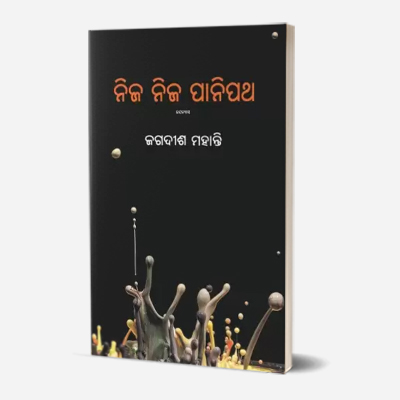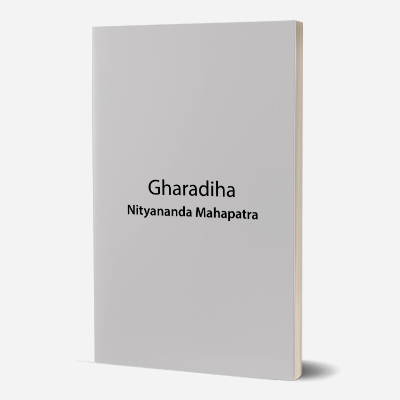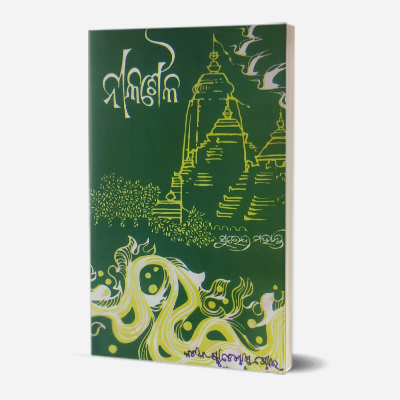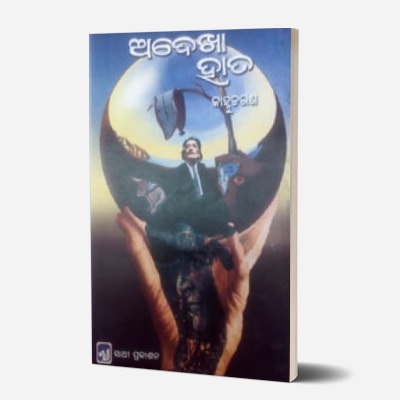Amrutara Santana
By Gopinath Mohanty
Translated into English as Amrutara Santana: The Dynasty of the Immortals by Bidhubhusan Das, Prabhat Nalini Das, Oopali Operajita
Amrutara Santana is an epic novel that puts together, in fictional form, the anguish and ecstasy, the joys and the sorrows of the people belonging to the Kuvi Kondh tribe, numerically the largest among the Odia tribes and one of the most primitive. It dates from the mid-1940s, just before India’s Independence, and lays bare the cruel patterns of tribal people’s dispossession and exploitation still all too relevant today. The opening chapter sets the tone, the passing away of Sorabu Saouta, the elderly village headman, symbolizing the end of an era and the advent of modern industrial society. Mohanty’s unromanticised portrait of tribal society raises profound questions on change, do new roads really bring development, or a degradation of culture and community as they allow the exploiters and denigrators of Adivasi culture to encroach on their indigenous lands. The lyrical and philosophical quality of this epic novel of tribal world caught the imagination of the people and Gopinath Mohanty was felicitated with the first ever Sahitya Akademi Award in 1955 as the most outstanding literary work in Odia since Independence.
About the Author
Gopinath Mohanty is one of the most outstanding figures of post-independence Indian literature. Gopinath’s first novel, Mana Gahirara Chasa, was published in 1940, which was followed by Dadi Budha (1944), Paraja (1945) and Amrutara Santana (1947). A prolific Odia writer of the mid-twentieth century after Fakir Mohan Senapati, he wrote twenty-four novels, ten collections of short stories, three plays, two biographies, two volumes of critical essays, and five books on the languages of the Kandha, Gadaba and Saora tribes of Odisha. He translated Tolstoy’s War and Peace (Yuddh O Shanti), in three volumes, 1985–86), and Rabindranath Tagore’s Jogajog, (1965), into Odia. Among the many awards he won are two prestigious National Awards: the Sahitya akademi Award and the Jnanpith Award.
Also read
Mati Matala
Portraying the conflict of cultures, the novel envisions, in the words of J.M. Mohanty, a new way of life ‘more elaborately and vigorously than Paraja where ‘the gloom was total’ or Amrutara Santana which ‘breaks up with the glimpses of a new hope’. The book vividly portrays the rural life of Odisha and its socio-political transformation in the post-independence period. The interpersonal relationships between the characters is deftly and very subtly depicted in this massive novel of epic dimensions, running almost into 1000 pages and the writer took more than 10 years to complete this work, which was an experiment in itself, in order to probe his own mind as it goes through transformations over a time period. Published in 1964, it received the Jnanpith Award in 1974, the first book from Odisha to have been bestowed with this honour.
Paraja
Translated into English by Bikram K. Das
As an administrator with the then-Orissa Administrative Service, Gopinath Mohanty lived across different regions of the state, including tribal areas. Written in 1945, his novel Paraja tells the story of the Paraja tribal people through Sukurjani’s family: their relationship to the land, the gradual loss of their land to the state, and the conflict between tribal and non-tribal cultures and values. A classic of modern Indian fiction, Mohanty’s narrative can be read as a searing attack on the state’s exploitation of protected people and their land. The novel, furthermore, transcends what it documents because its characters are not merely primitive tribesmen ensnared by a predatory moneylender. Mohanty’s protagonists are also quintessentially men and women waging heroic but futile war against a hostile universe.




